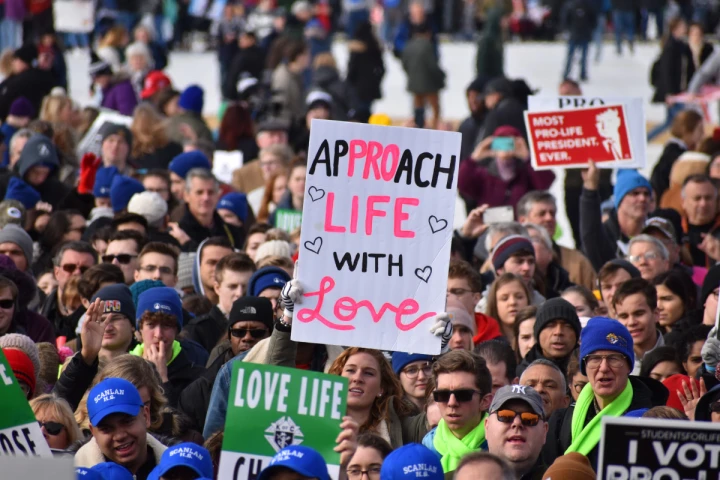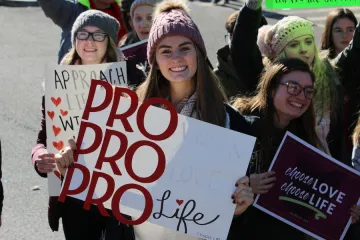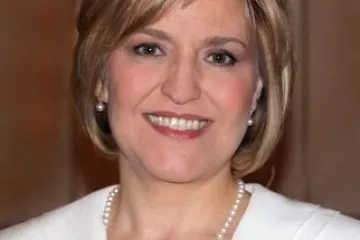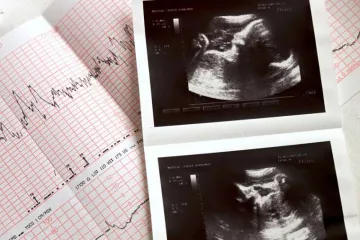Nov 22, 2021
Starting Dec. 1, the nine justices of the Supreme Court will begin work in earnest on what already looks to be the court’s most closely watched—and probably most controversial—ruling in nearly half a century.
When the decision in Dobbs v. Jackson Women’s Health Organization is handed down, probably next spring or early summer, it will do one of three things: either overturn Roe v. Wade, the 1973 ruling that legalized abortion, together with Planned Parenthood v. Casey, the 1992 decision affirming the central holding of Roe; or else permit individual states to impose meaningful restrictions on abortion, though without reversing Roe and Casey entirely; or else, heaven forbid, deliver a bitter setback to the pro-life movement by permitting death-dealing Roe/Casey regime of abortion on demand to remain in place.
Dec. 1 is the date set by the court for oral arguments in Dobbs. The case comes from Mississippi and concerns a law enacted in 2018 that bans abortions after the 15th week of pregnancy except in cases of medical emergency or severe fetal abnormality. Lower courts have ruled against this law as a violation of Roe.
The intense interest in the new case has already generated a virtual tsunami of pre-argument commentary. Much of it, coming from the pro-abortion side, has adopted a remarkably vituperative tone and apparently been designed to intimidate pro-life members of the Supreme Court. Further heightening the tension was the hubbub accompanying the Texas “heartbeat” law argued before the court Nov. 1. The Texas law bans abortions after the point at which a fetal heartbeat becomes detectible—usually, the fifth week of pregnancy.





